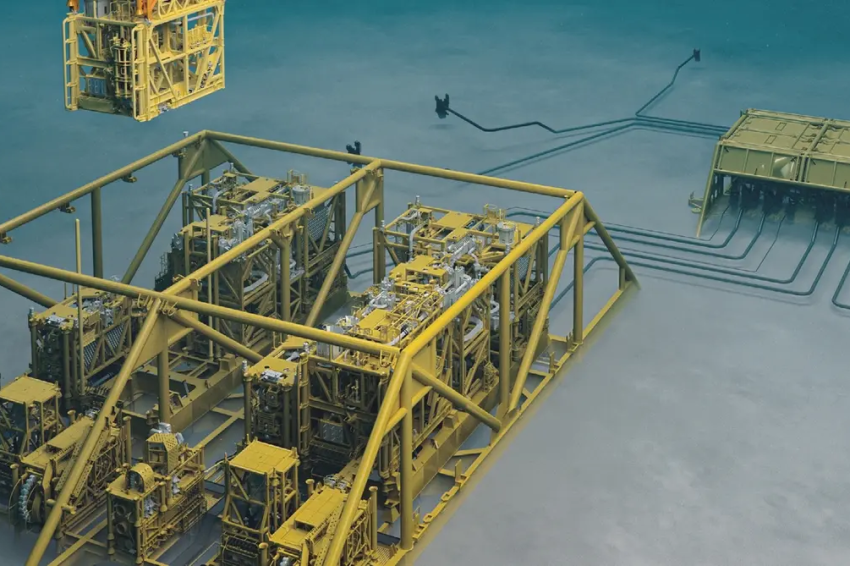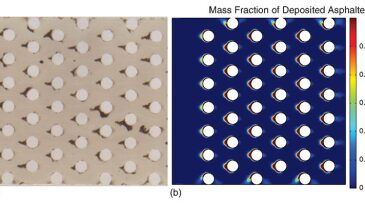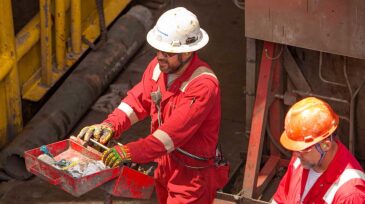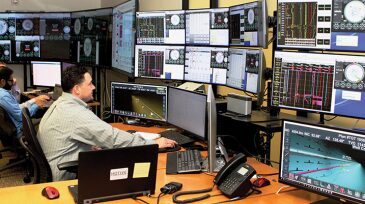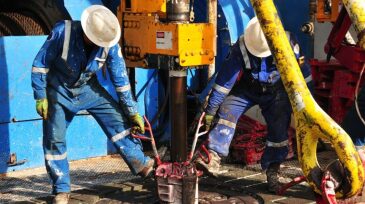Drilling
Updates about global exploration and production activities and developments.
One major challenge for drilling-fluid engineers is the design and management of optimal drilling-fluid formulations in emerging frontiers—fractured formations and high-pressure geothermal environments. Recently, operators have leveraged cutting-edge technology such as machine learning and expanded data-driven techniques to facilitate the development of new drilling-f…
This research aims to develop a fluid-advisory system that provides recommendations for optimal amounts of chemical additives needed to maintain desired fluid properties in various drilling-fluid systems.
-
Over the past year, workshops and symposia have made it clear that consideration of data and digitalization plays an important role in transforming companies in the drilling industry. Systems automation requires a digital backbone and offers significant performance, cost, and safety benefits.
-
This paper presents a method that quantitatively evaluates the risk levels of a drilling-operation plan as a function of the underlying uncertainty associated with its description.
-
A work flow that combines optimization of the drillstring and bottomhole-assembly (BHA) design during well planning and then applies advanced surveillance tools to a well-trained drilling crew yields reduced vibrations and higher drilling rates.
-
Asphaltene precipitation and deposition in production tubing and surface facilities are well-documented issues, and different methods are available to manage them.
-
Rockwell Automation’s Luis Gamboa explains his company’s new solution designed to allow operators to collect, sort, and reconcile the quality and quantity of data from multiple sources to optimize field data.
-
This new deal marks the second major acquisition of an offshore drilling company since the onset of the industry downturn.
-
While the slowdown offshore persists, this 96-year-old drilling outfit says that sharing its high-tech simulators with more of its clients will strengthen the business.
-
Software that offers turn-by-turn directions for drilling a horizontal well could drastically reduce the number of directional drillers.
-
Wellbore-construction methods, especially casing-and-cementing practices for the protection of freshwater aquifers, have been reviewed in the Piceance, Raton, and San Juan Basins in Colorado.
-
Drilling activity in US shale plays is slowing as operators encounter higher prices for labor, equipment, and services, and lower prices for the oil and gas produced.

